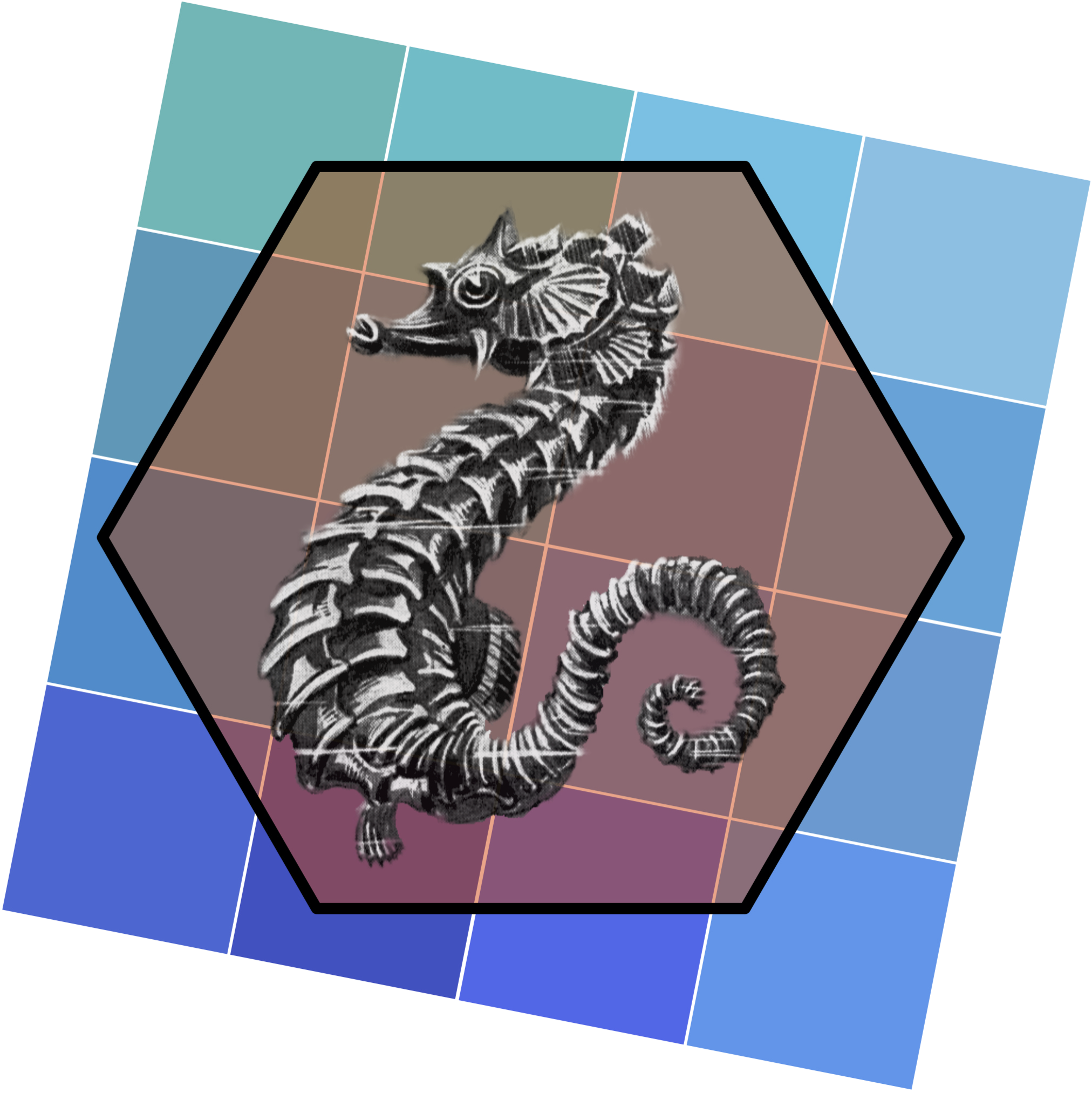
CCSE Home |
Overview |
AMReX |
People |
Publications |
Ocean Modeling
CCSE Members of the SEAHORCE TeamCCSE researchers are part of the SEAHORCE project to develop a next generation version of the ROMS code, called REMORA, and to enable run-time coupling of MPAS-O and REMORA in the E3SM code. |

|
Motivation
Numerical resolution is widely considered to be a dominant factor in numerical model fidelity. Thus, in order to improve our representation of Earth's climate, there has been a strong push toward Exascale Earth System Models (ESMs) and grid refined methodologies, both E3SM priorities that reduce the smallest possible horizontal resolution of ESM components. However, increasing horizontal resolution comes with significant computational costs. For a given domain, doubling horizontal resolution requires O(10) times more computational effort. This constraint puts limits on the resolution ESMs can achieve while simulating long-term climate variability. Yet there is also strong interest in understanding how climate variability affects coastal regions, which requires resolution an order of magnitude higher than current ESMs, or in understanding how unresolved processes in the open ocean may affect the global climate simulations.
Coastal regions are particularly threatened by global climate change. Risks include increased flooding; coastal erosion; shifts in coastal marine environments driven by changing ocean temperature and salinity distributions; altered storm tracks, storm intensity, and storm precipitation; and human-induced changes such as nutrient pollution, increasing coastal development, ship channel deepening, and shoreline armoring. Recent advances in earth system modeling within E3SM allow simulations at unprecedented resolutions in coastal regions, resulting in a better understanding and more accurate projections of regional climate variability and associated risks. However, even in highly resolved E3SM subregions, horizontal resolution will not likely be higher than 5-10 km for the next decade.
Goals
Our overarching goal is to improve the ability of E3SM to model oceans with higher fidelity than currently possible. To achieve this goal we aim toREMORA is built on AMReX, a block-structured adaptive mesh refinement software framework which provides the underlying software infrastructure for block structured mesh operations.